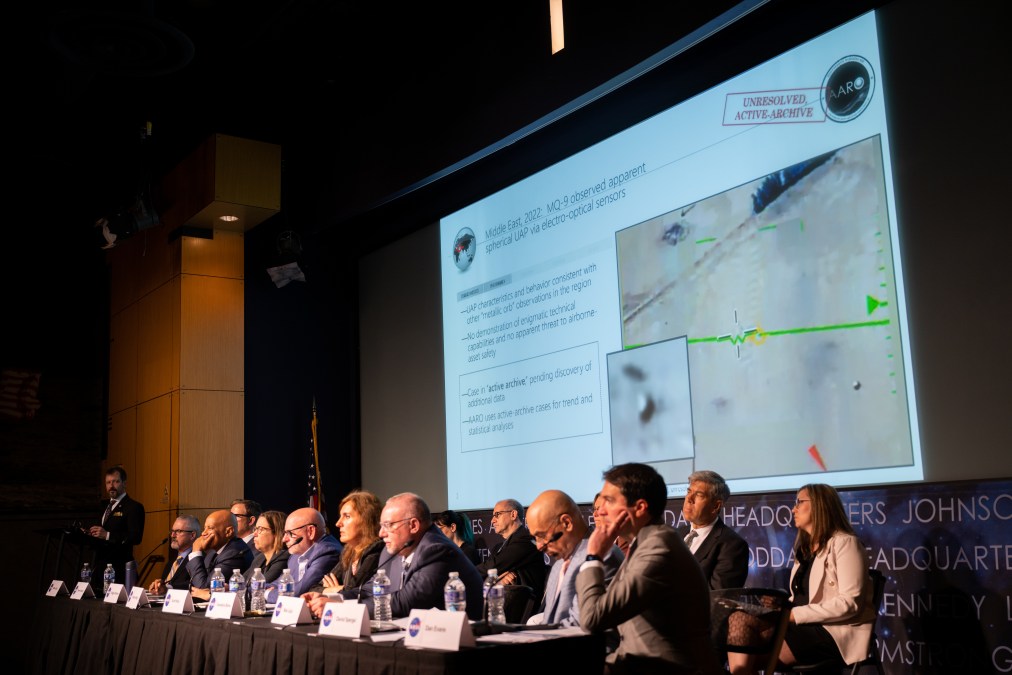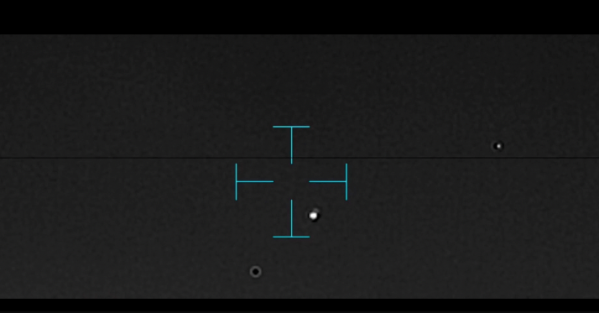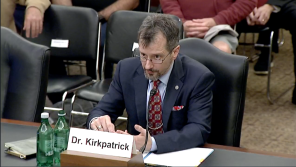Senate’s intelligence authorization bill questions ‘reverse engineering’ of government-recovered UAPs

Buried in the Senate’s approved text of the Intelligence Authorization Act (IAA) for fiscal 2024 are inclusions that would direct deeper transparency regarding government encounters with unidentified anomalous phenomena and any associated attempts made to date to inspect or reverse engineer recovered, unexplainable craft or materials.
The proposed legislative language included in the annual authorization bill comes just after reports from a former Pentagon official-turned-whistleblower emerged, alleging that the U.S. had or has what could be spacecraft of non-human origin in its UAP research arsenal. So far, lawmakers have not responded to those claims, which also have not been proven with official records or evidence to date.
But in the latest version of the IAA introduced in the Senate last week, lawmakers incorporated a mandate for any person currently or formerly under contract with the federal government that “has in their possession material or information provided by or derived from the” government relating to UAP — “that formerly or currently is protected by any form of special access or restricted access” — to notify Dr. Sean Kirkpatrick, director of the Pentagon’s new All-domain Anomaly Resolution Office (AARO), within 60 days of the bill’s enactment.
No later than 180 days after the IAA’s passage, the officials would also need to make “all such material and information” and “a comprehensive list of all non-earth origin or exotic [UAP] material” available to AARO for “assessment, analysis, and inspection.”
Restricted and special access programs involve sensitive information at classified or higher security levels.
Further, the text of Sec. 1104 of this version of the IAA states that “no amount authorized to be appropriated or appropriated by this act or any other act may be obligated or expended, directly or indirectly, in part or in whole, for, on, in relation to, or in support of activities involving [UAP] protected under any form of special access or restricted access limitations” that have not been “formally, officially, explicitly, and specifically described, explained, and justified” to the AARO director, and congressional leadership.
The legislation notes that it applies to “any activities relating to the following”:
- Recruiting, employing, training, equipping, and operations of, and providing security for, government or contractor personnel with a primary, secondary, or contingency mission of capturing, recovering, and securing unidentified anomalous phenomena craft or pieces and components of such craft.
- Analyzing such craft or pieces or components thereof, including for the purpose of determining properties, material composition, method of manufacture, origin, characteristics, usage and application, performance, operational modalities, or reverse engineering of such craft or component technology.
- Managing and providing security for protecting activities and information relating to unidentified anomalous phenomena from disclosure or compromise.
- Actions relating to reverse engineering or replicating unidentified anomalous phenomena technology or performance based on analysis of materials or sensor and observational information associated with unidentified anomalous phenomena.
- The development of propulsion technology, or aerospace craft that uses propulsion technology, systems, or subsystems, that is based on or derived from or inspired by inspection, analysis, or reverse engineering of recovered unidentified anomalous phenomena craft or materials.
- Any aerospace craft that uses propulsion technology other than chemical propellants, solar power, or electric ion thrust.
In recent years, intelligence and defense authorization bills have been used as mechanisms to pass UAP-related legislation. According to an executive summary released last week, the Senate’s National Defense Authorization Act of fiscal 2024 requests additional funding for AARO.






